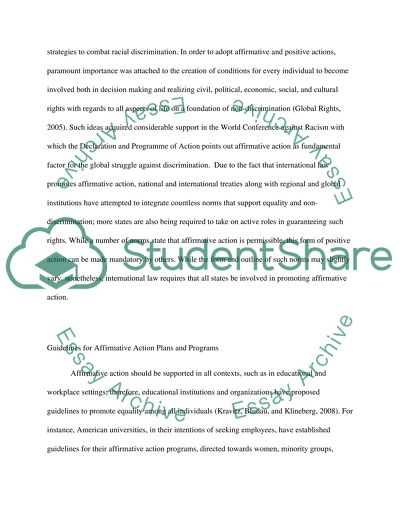Cite this document
(“Affirmative action- Trials within human resource management Term Paper”, n.d.)
Retrieved from https://studentshare.org/human-resources/1422620-affirmative-action-trials-within-human-resource-management
Retrieved from https://studentshare.org/human-resources/1422620-affirmative-action-trials-within-human-resource-management
(Affirmative Action- Trials Within Human Resource Management Term Paper)
https://studentshare.org/human-resources/1422620-affirmative-action-trials-within-human-resource-management.
https://studentshare.org/human-resources/1422620-affirmative-action-trials-within-human-resource-management.
“Affirmative Action- Trials Within Human Resource Management Term Paper”, n.d. https://studentshare.org/human-resources/1422620-affirmative-action-trials-within-human-resource-management.


